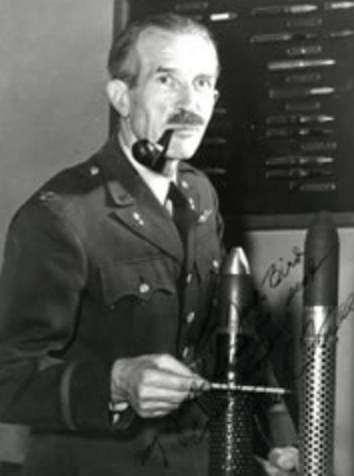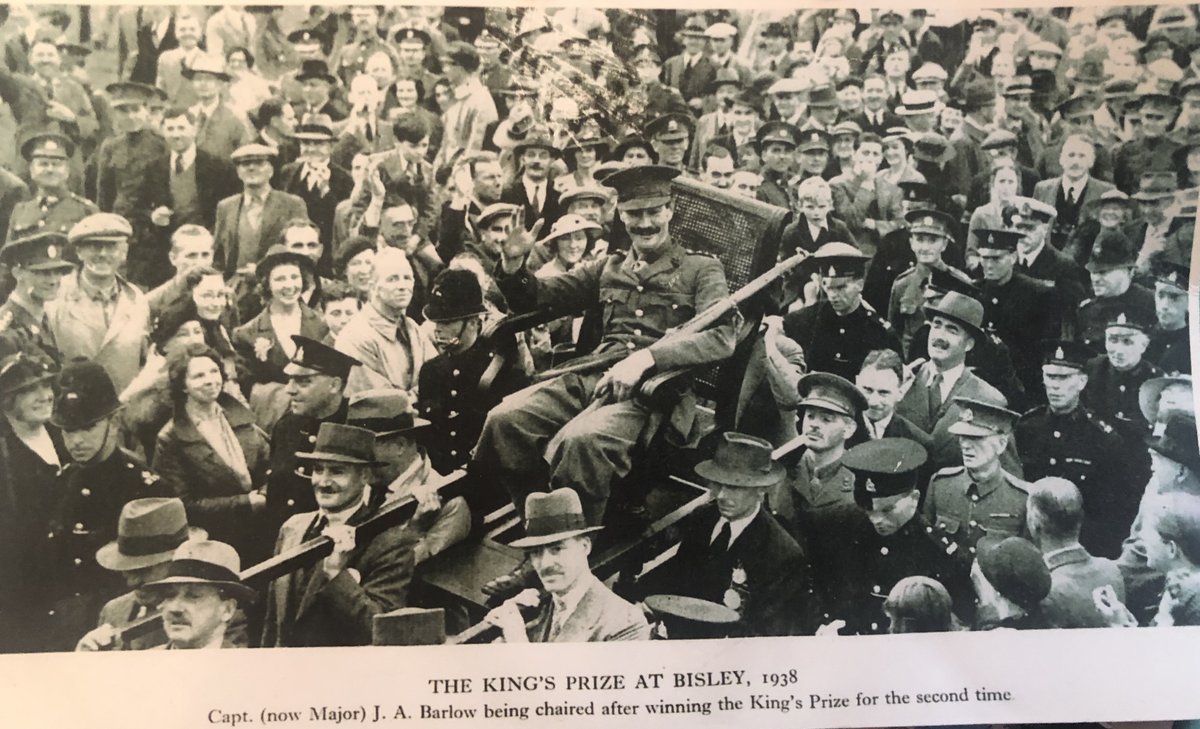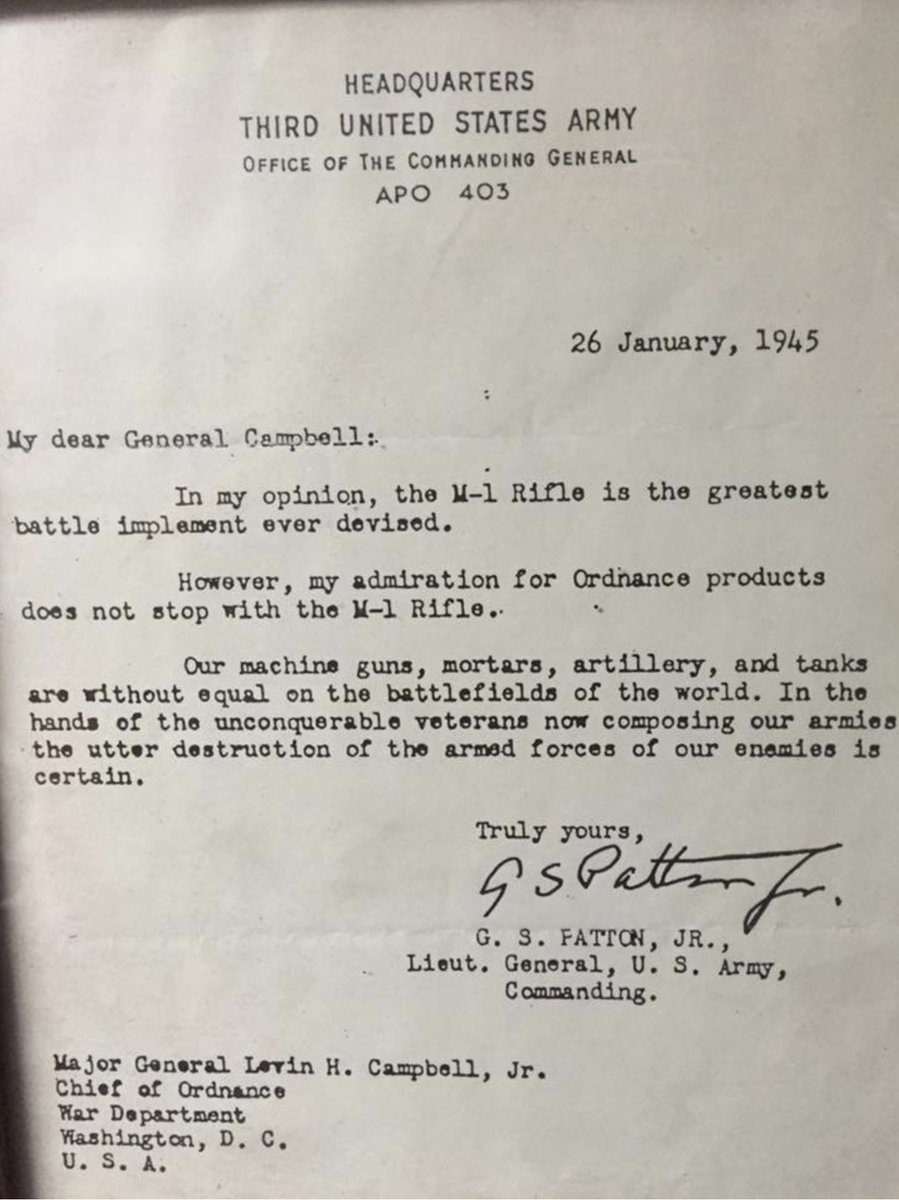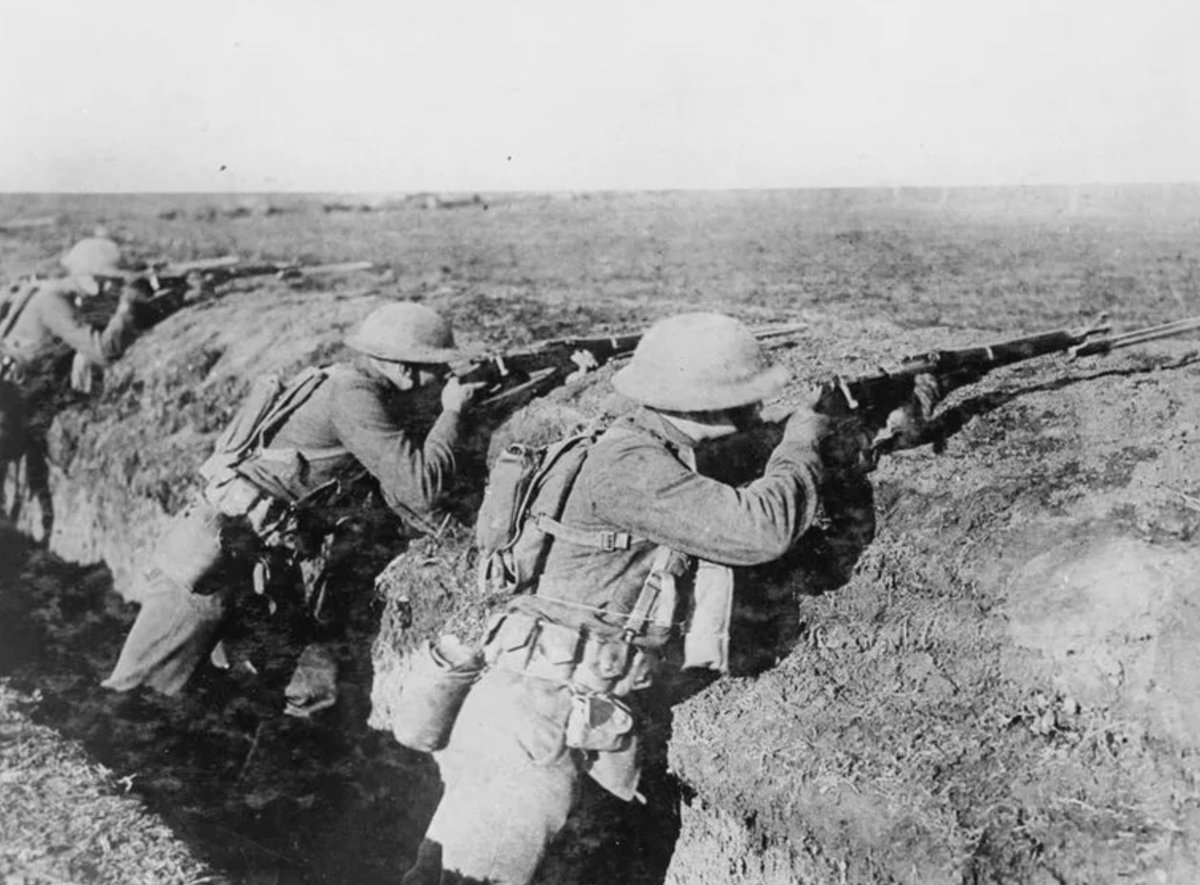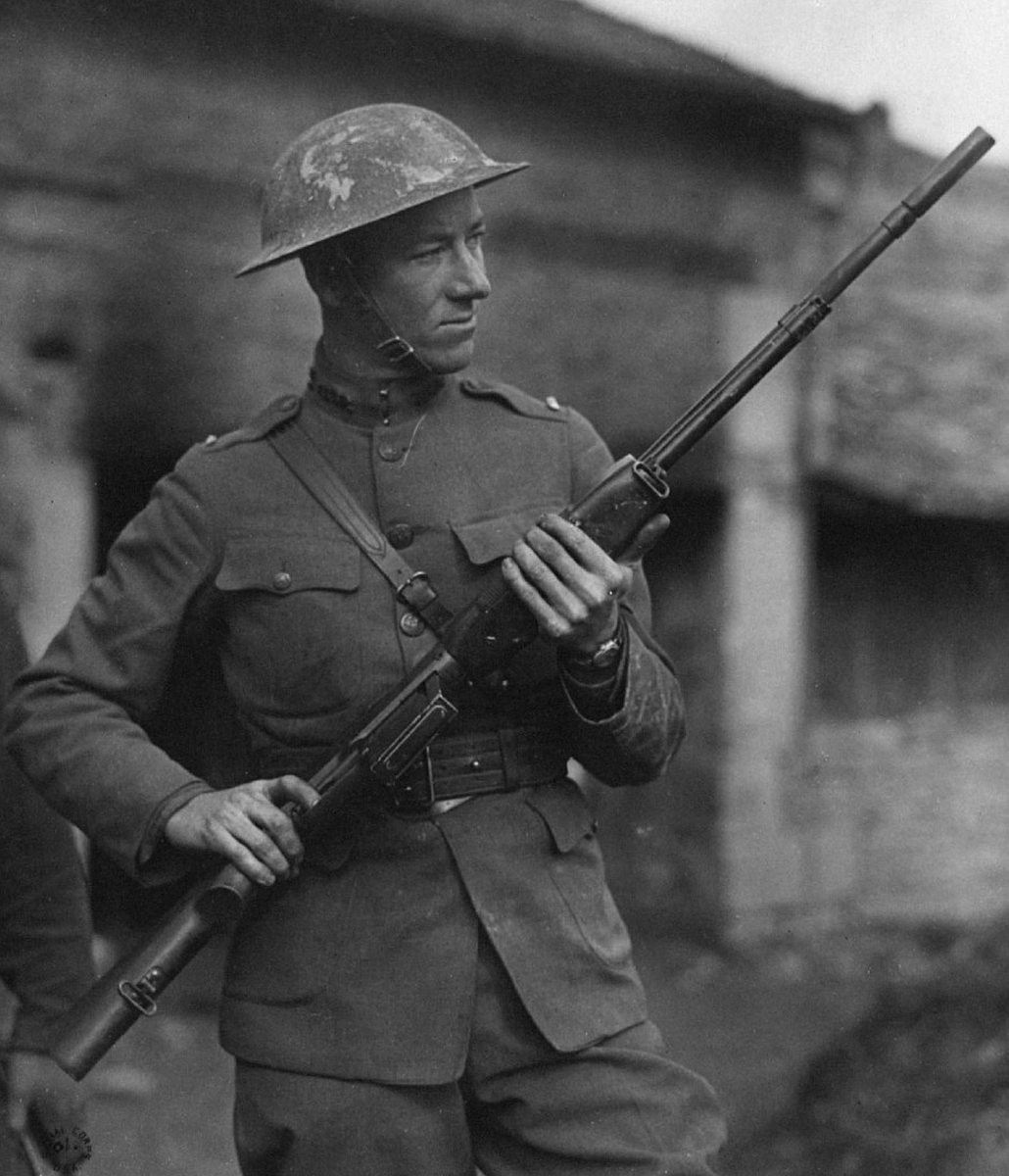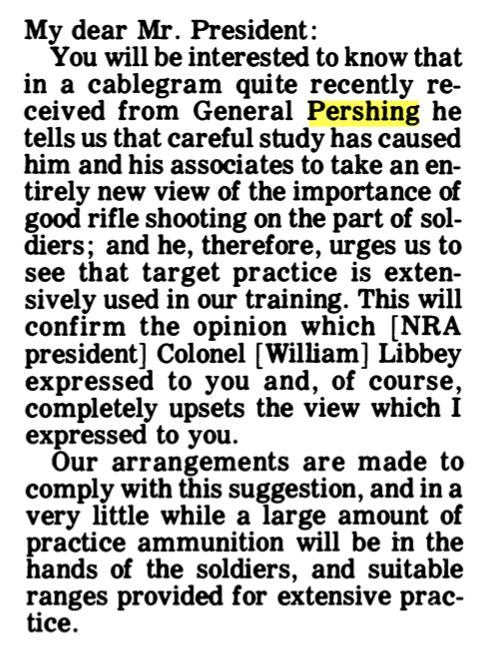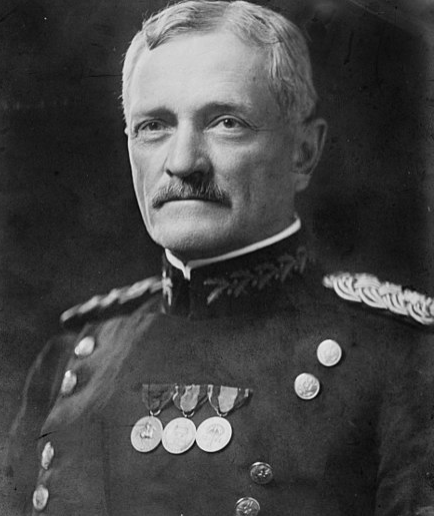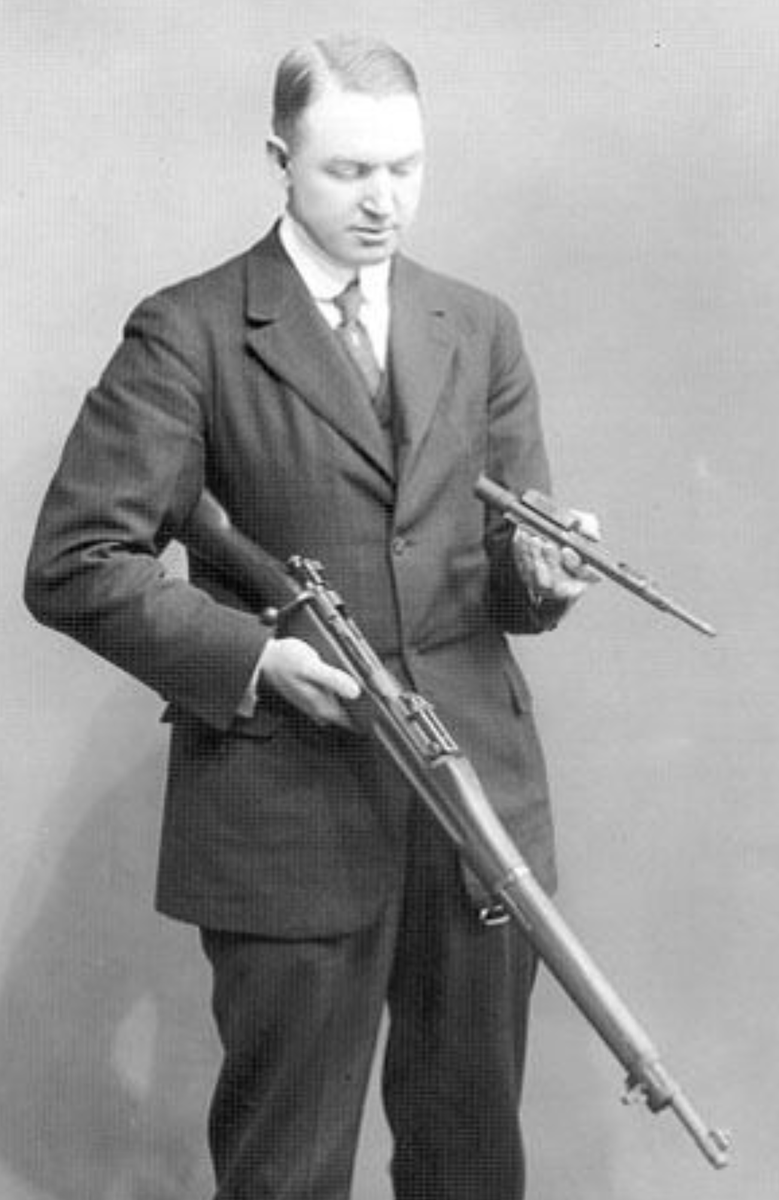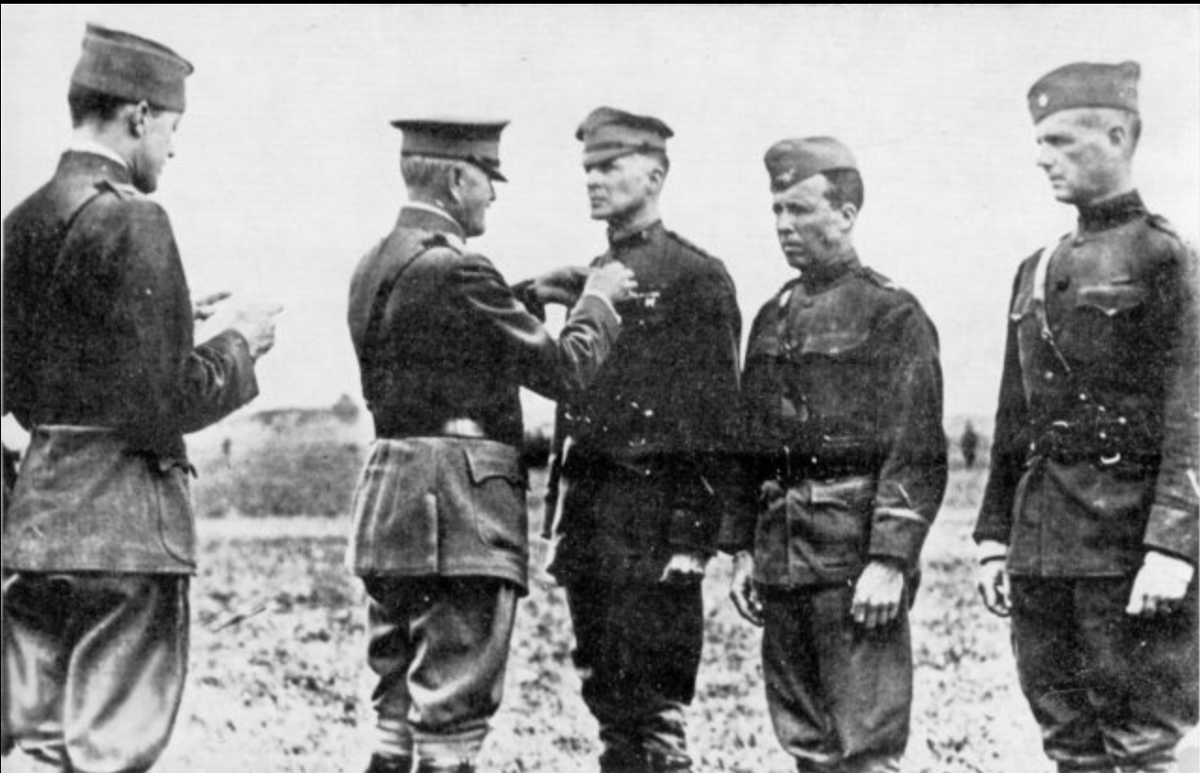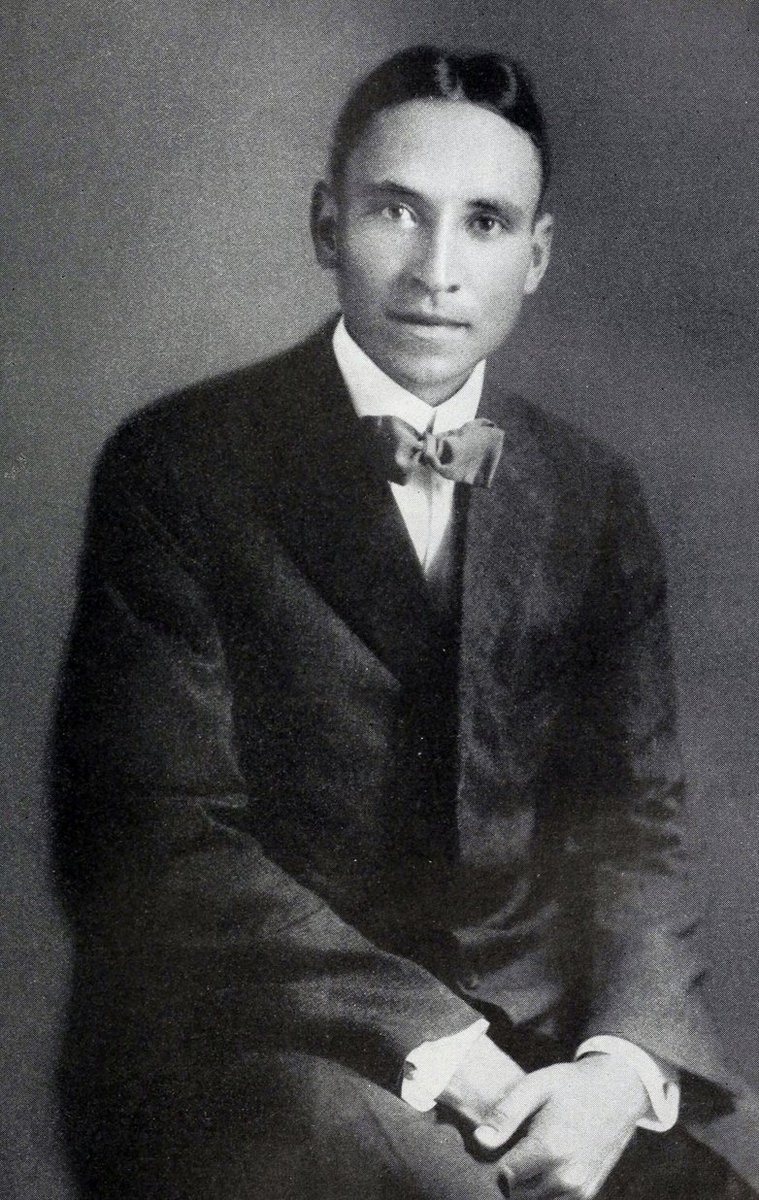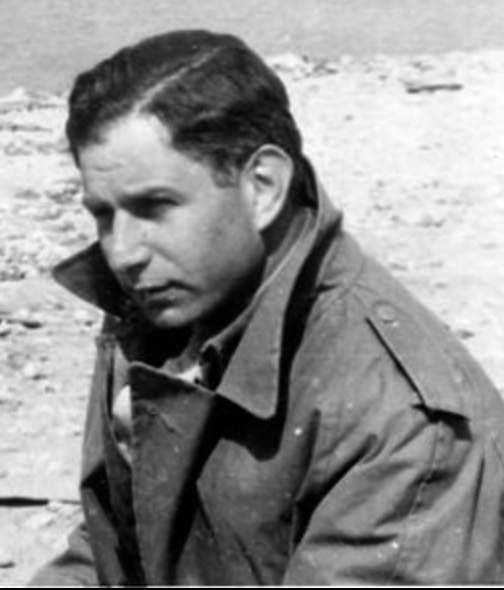The M1 Garand's design history had significant impact on the structure of post-SWW small arms discussions.
A thread on Colonel René Studler, American attitudes towards small arms & one of the central protagonists in ammunition standardisation post-war.
1/
A thread on Colonel René Studler, American attitudes towards small arms & one of the central protagonists in ammunition standardisation post-war.
1/
The central arguments about post-war ammunition standardisation stemmed from what I suspect was a personal rivalry between Studler and Brigadier JA Barlow (someone I discussed in this thread: https://twitter.com/warmatters/status/1345722104973582351?s=20
2/
2/
What's important to note, however, is that he was proof officer during a number of US interwar Small Arms and Small Arms Ammunition trials.
These have come to be known as the Pig Board and the Goat Board trials for reasons that I think you can probably guess...
4/
These have come to be known as the Pig Board and the Goat Board trials for reasons that I think you can probably guess...
4/
Studler had intimate knowledge of the arguments that the Americans went through as they discussed adopting a self-loading rifle in .30'06 calibre.
5/
5/
The M1 Garand was adopted in 1936 and had been described by Patton as 'the greatest battle implement ever devised'.
6/
source: https://laststandonzombieisland.com/2017/01/26/the-greatest-battlefield-implement-ever-devised/
6/
source: https://laststandonzombieisland.com/2017/01/26/the-greatest-battlefield-implement-ever-devised/
The tactical basis for the M1 was the belief that a new infantry weapon had to match the Army’s traditional values of long range accurate shooting with the need to increase the infantryman’s rate of fire.
7/
7/
If this could successfully be accomplished then it would be possible to mask the fact that, when it came to infantry tactics, there were two distinct camps within the inter-war Army, each with different views on how to engage with the enemy.
8/
8/
One group, including General Pershing, advocated marksmanship.
The other could see benefit from increased rate of fire.
As Sec of War Newton Baker reported to Woodrow WIlson that
9/
Source: https://www.jstor.org/stable/1986522
The other could see benefit from increased rate of fire.
As Sec of War Newton Baker reported to Woodrow WIlson that
9/
Source: https://www.jstor.org/stable/1986522
One problem that might have settled things and moved the American debate away from 'The Cult of the Rifle" was good data.
The problem was of course that Pig Boards and Goat Boards could test for lethality in animals but offered no measure of effectiveness in battle.
10/
The problem was of course that Pig Boards and Goat Boards could test for lethality in animals but offered no measure of effectiveness in battle.
10/
The widely held conclusion among many in the US Army establishment was that,
"The Automatic weapon is not the natural weapon of an American.... [cont]"
11/
"The Automatic weapon is not the natural weapon of an American.... [cont]"
11/
[cont] "...and the American with his individuality is the natural rifleman and uses the darling little Springfield differently than any European infantry"
BTW, the article by Russell Gilmore in Military Affairs (link above) is very, very, very good....
12/
BTW, the article by Russell Gilmore in Military Affairs (link above) is very, very, very good....
12/
To try to square the firepower and marksmanship enthusiasts was technically very challenging.
The first attempt at squaring the circle was made by John Pedersen who joined the US Ordnance Dept in 1928.
13/
The first attempt at squaring the circle was made by John Pedersen who joined the US Ordnance Dept in 1928.
13/
Pedersen sought to draw both sides together through a technological fix. This involved reducing the bullet size to .276"...
***remember that calibre - it will come up again in a future thread***
14/
***remember that calibre - it will come up again in a future thread***
14/
In 1929, evidence from the Pig Board demonstrated that the Pedersen .276” was extremely lethal at 300 yards, just as lethal as the .30’06 at 600 yards and only slightly less lethal at 1000 yards.
15/
15/
However, reducing bullet size went down badly with the Caliber Boards charged with reviewing SAA for future infantry weapons.
They observed that pigs were insufficiently like humans to establish ammunition lethality.
16/
They observed that pigs were insufficiently like humans to establish ammunition lethality.
16/
In 1931, this prompted the establishment of "The Goat Board" (no I am not making this up) which set about re-testing Pedersen's .276" SAA and his semi-automatic rifle but this time against John Garand's M1 which for the purposes of the trial was also chambered to .276"
17/
17/
Garand's rifle suffered a cracked bolt. This reassured the Goat Board that the earlier recommendation to adopt the 276" round was correct. However, they preferred the M1 design to Pedersen's which they also recommended for adoption in .276".
18/
18/
The Ordnance Committee approved the findings & it went off to the War Office...
& that's when the problems occurred.
Would .276" be appropriate in the BAR/MMGs?
Could the infantry use 2 different calibres?
Eventually it ends up with General MacArthur, the Chief of Staff.
19/
& that's when the problems occurred.
Would .276" be appropriate in the BAR/MMGs?
Could the infantry use 2 different calibres?
Eventually it ends up with General MacArthur, the Chief of Staff.
19/
MacArthur decides to overrule the Caliber Board stating:
"To make this change will introduce an element of chaos, confusion, and uncertainty which, magnified under war conditions, would more than counteract the beneficial effect of any semiautomatic rifle’
20/
"To make this change will introduce an element of chaos, confusion, and uncertainty which, magnified under war conditions, would more than counteract the beneficial effect of any semiautomatic rifle’
20/
So after a huge amount of effort the US Army is back to the .30'06, a situation that is only saved by John Garand who pulls out of his hat the rifle that finally gets adopted and praised so much by General Patton... the M1 Garand.
21/
21/
All of this shaped post-war discussion on SA & SAA.
Studler had seen these discussions up close. He was fully aware of the lethality debates between the physicist Professor E Newton Harvey at Princeton and the zoologist Professor Solly Zuckerman (a thread to come).
22/
Studler had seen these discussions up close. He was fully aware of the lethality debates between the physicist Professor E Newton Harvey at Princeton and the zoologist Professor Solly Zuckerman (a thread to come).
22/
But as Professor Tom McNaugher is his superb (possibly the BEST) analysis of the adoption of the M16 states, the M1 Garand had achieved its reputation,
‘...in spite of, rather than because of, the rifle doctrine that inspired it’.
https://www.amazon.co.uk/M16-Controversies-Organizations-Acquisition-International/dp/027591741X
23/
‘...in spite of, rather than because of, the rifle doctrine that inspired it’.
https://www.amazon.co.uk/M16-Controversies-Organizations-Acquisition-International/dp/027591741X
23/
For Brigadier JA Barlow and the British effort to adopt small arms ammunition that addressed the key tactical challenges they'd identified out of the SWW, however, Studler was a major block.
end/ https://twitter.com/warmatters/status/1346535425435951104?s=20
end/ https://twitter.com/warmatters/status/1346535425435951104?s=20

 Read on Twitter
Read on Twitter